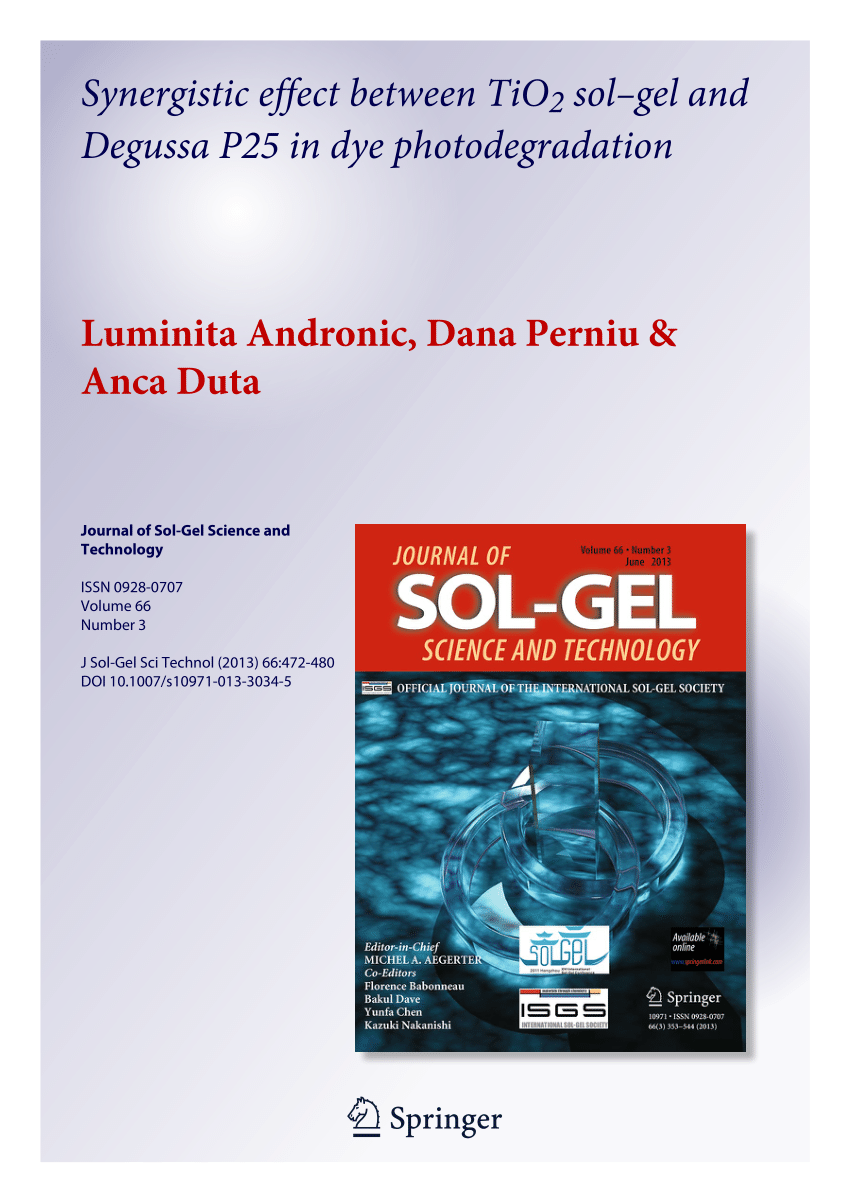Investigating the properties of perovskite oxide based electrocatalysts for oxygen evolution reaction (OER)
Abstract
Developing an efficient electrocatalyst for water splitting is imperative to improve the slow OER and store electrical energy as H2 fuel. Creating an inexpensive development process for an effective OER electrocatalyst with features like a lot of active sites, a huge surface area (SA) and remarkable stability is vital for producing more H2 and making it more widely available. We created the CoTiO3/rGO nanocomposite using hydrothermal method in basic solution to improve OER kinetics. The morphological structure of the CoTiO3/rGO was varied, showing CoTiO3 nanoparticles anchored on rGO nanosheets to increase the electrolyte ions’ SA for adsorption. The CoTiO3/rGO electrocatalyst performs better than CoTiO3, as shown by its remarkable 38 h durability and overpotential (185 mV) at 10 mA/cm2. Additionally, compared to CoTiO3 (56 mV/dec), the CoTiO3/rGO nanocomposite has a decreased Tafel slope (35 mV/dec). The larger SA and active site of the nanocomposite enhaned electrochemical characteristics of CoTiO3/rGO nanocomposite. The combination of a metal oxide with material produced from carbon offers a promising first step toward making an exceptional electrocatalyst for use in water electrochemistry.
Graphical Abstract

 求助内容:
求助内容: 应助结果提醒方式:
应助结果提醒方式:


